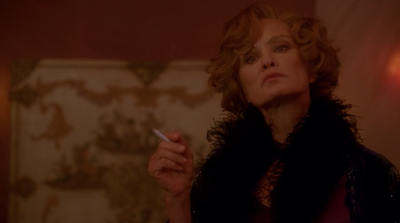Growing-up, I was always confused when adults said they loved something when they were young, but you never saw them actively doing it, or reading about it in their adult life. Their response of not having time or life getting in the way always seemed like an excuse, which sometimes it is. But now I'm 31 and I finally understood what they were saying in the passed 5 years. Whether you intend to or not, you passions and interests, the things that you loved so much before, which possessed all your free time, slowly fizzle and fade into the background of your personality, as work and adult worries consume everything. It's miserable.
Since that realisation I've tried to claim back those interests in small amounts. Being stuck in a country which doesn't fee like home during a pandemic hasn't helped, nor has not knowing what career I want to pursue and working 6/7 day weeks leaves very little free time or energy for anything I enjoy.
But I want that to chance. I subscribed to Disney Plus about a year ago and I've discovered so many discoveries about the music, the animators, the history of the studio... the difference this made to my mood did more than any anti-depressants.
I love film, I love the studio era, and Hitchcock, and the Godfather films, and the Lord of the Rings, and movie scores, and literature.... all of these passions stemmed from one love alone: the films of Disney.
At the end of the Snow White video cassette, once the film ends, a documentary on the making of the film played automatically. I enjoyed it so much, even as a child. This was in the mid-90s. Then in the early 00s, with the release of DVDs, I watched The Making of Sleeping Beauty on the special features of the DVD. Equally fascinating. I didn't spend my pocket money on clothes, or sweets, or going to the cinema, or anything social when I was 15. I spent it on movie soundtracks, some around 17 pounds each which isn't cheap. Then when I was 16 and passed my GCSE exams. I didn't ask for money to go on holiday and get drunk on a beach, I asked to purcahse some 2 pound DVDs on Amazon of films I'd heard of, like Sunset Boulevard, A Place In The Sun, and the Marlene Dietrich collection.
But as I said, adult life gets in the way. and if you're lost and confused and suffering from depression in your 20s, in a job you dislike 80% of the time, you forget who you are and become this working machine robotically doing your job every day, eating, bingeing Netflix and sleeping.
Those days are over and I have re-discovered my love for the world of film, the arts, music, and & of course Disney. I may re-start this blog but in the meantime, just whilst I am re-adjusting, I have started an Instagram account, just to post snaps of the latest fact or bit of information about film which I have learned that day.
If you are interested then please follow. Thank you for your time. Claudia



























































